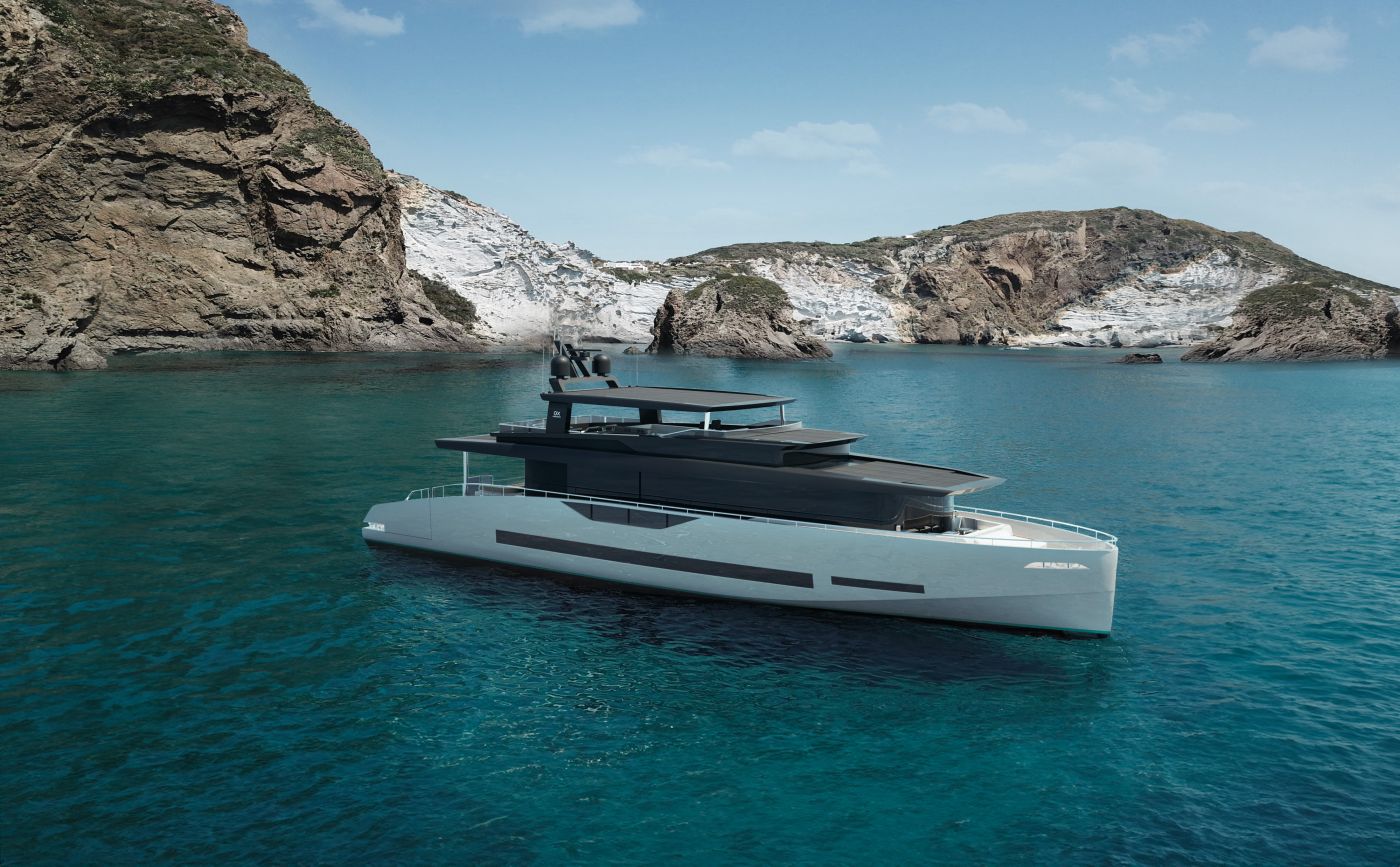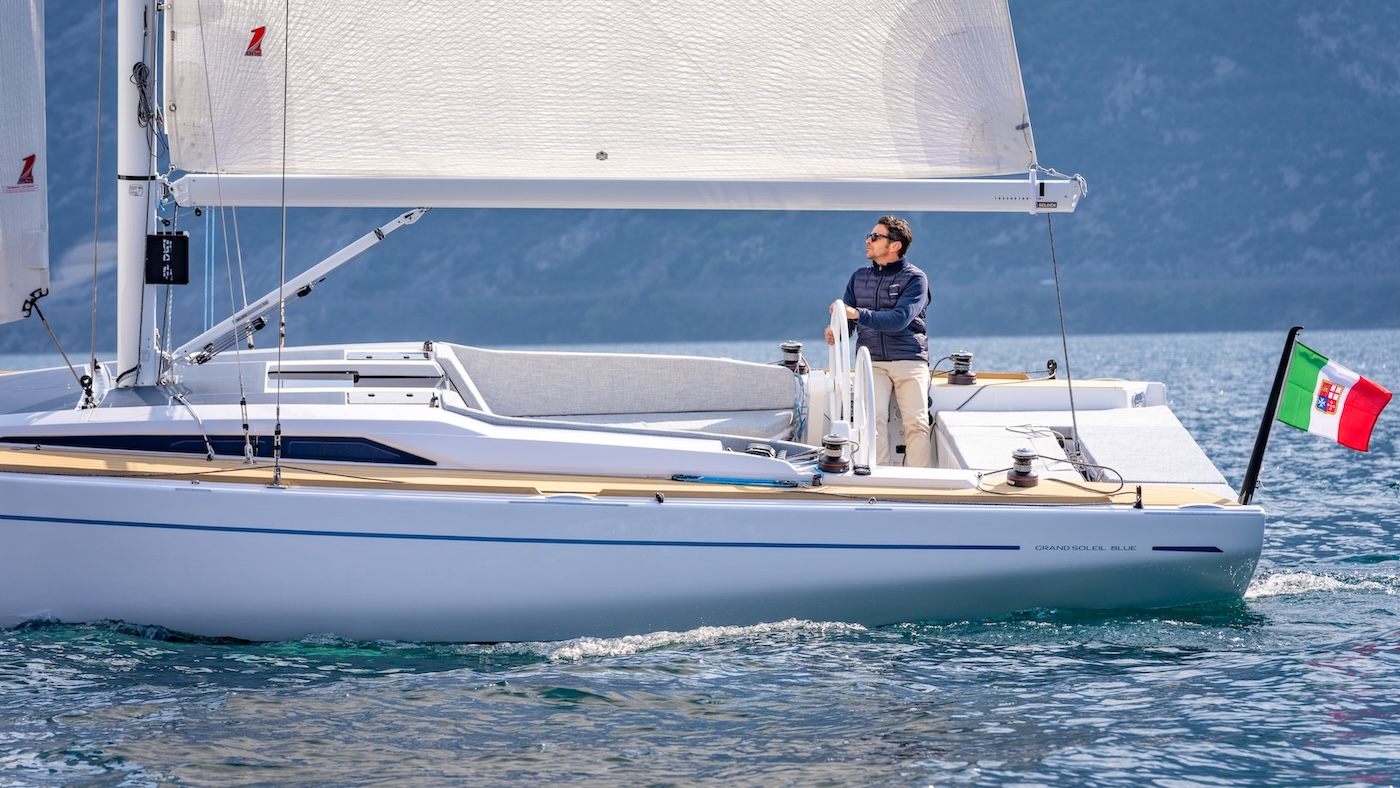As many of you have unfortunately experienced, the boat is an inexhaustible source of minor and major incidents which are not comparable with any other “category” of situations. Different types of possible negative events are indeed concentrated in the same (beloved) place: our boats. Every “domestic incident” can occur on board, especially if facilitated by the motion of the boat. And many other misadventures can result from a fall overboard, insect bites, heat and cold strokes and everything resulting from a direct contact with the marine environment. On board, therefore, everything takes on a statistical significance absolutely different from what can normally happen on the ground.
In the light of this, the boat consequently might appear as a dangerous place people should avoid. However, of course, that’s no true. Careful precautions and a healthy dose of common sense are sufficient to avoid almost all accidents on board. Running on the deck barefoot, instead of wearing closed non-skip shoes, is, for example, a potentially dangerous behaviour. Even the least experienced person knows that but might not be able to avoid it if caught off guard. Experienced careful boaters, on the contrary, perfectly know that those shoes should be put on “before” any event suddenly causes us to “run”. If this attitude was correctly applied to any situation on board – as any good captain normally does – our statistics about on-board accidents would significantly drop.
However, the imponderable lies beyond all these considerations. The first-aid kit – compulsory on board – alongside some first-aid notions (which can be acquired thanks to qualified courses) will certainly allow to solve any little problem easily or stabilize more serious situations until medical professionals’ intervention.
The following are just some practical examples. Without any pretense of being exhaustive, they are written by a simple journalist, with no specific experience as a doctor. They must be therefore integrated by participating, at least once in your life, to one of the numerous courses that health organizations (often gratuitously) propose to both general workers and yachtsmen.

Minor and major cuts: in this case, the first step you should take is to wash, disinfect and cover the wound. Cuts, in fact, always cause tissue damage alongside the separation of two or more tissue portions that consequently need to be repaired. It will be probably difficult for us to suture a wound on board; however, adhesive plasters, always present in the first-aid kit, will certainly come in handy. In the event of a severe wound or some difficulties with the previous step, it is important to apply firm but gentle pressure on the cut with a sterile piece of gauze. The latter mustn’t be removed until medical help in order to prevent bleeding to start again. 

Heatstroke: high temperatures and excessive moisture, especially if suffered within narrow spaces like boats or if due to an excessive sun exposure, can cause a temporary increase in body temperature. First symptoms can include excessive sweating, difficult breathing, accelerated heart beats, dizziness, cramps and even faint. Rapid reduction of the core body temperature is the cornerstone of treatment. Consequently, the patient diagnosed with heat stroke should be moved out of the sun, preferably in a shadowed ventilated place; then, it is necessary to apply ice packs to his groin, neck, back and armpits to lower his body temperature. If the situation is more serious ( lack of sweating is a symptom), you’d better remove clothes, fan and sponge with a wet cloth. If the person has passed out, please make sure that his breathing is regular and then seek medical care.

The presence of blisters or dark parts on the skin are the first symptoms of a serious burn. In the event of a first-degree burn, the wound can be gently cleaned with some fresh water and treated with a moisturizing cream. Major burns, on the contrary, should be washed with fresh water and covered with cool wet compresses or sterile gauzes. Blisters should not be broken. Serious burns, of course, should be treated at the hospital. Please remember that the severity of a burn injury is always directly proportional to its extension.
Hypothermia: this is a condition that occurs more frequently than you can imagine, especially on sailboats. It is a potentially dangerous drop in body temperature usually caused by prolonged exposure to cold temperatures. The risk of cold exposure increases as the winter months arrive. But if you’re exposed to cold temperatures on a spring hike or 
In this article, of course, we haven’t talked about many other common or even more serious situations, such as CPR techniques and other emergency treatments. After all, subjects are many and all deserve to receive equal attention. However, what is important is a conscious full approach to our common passion.

























